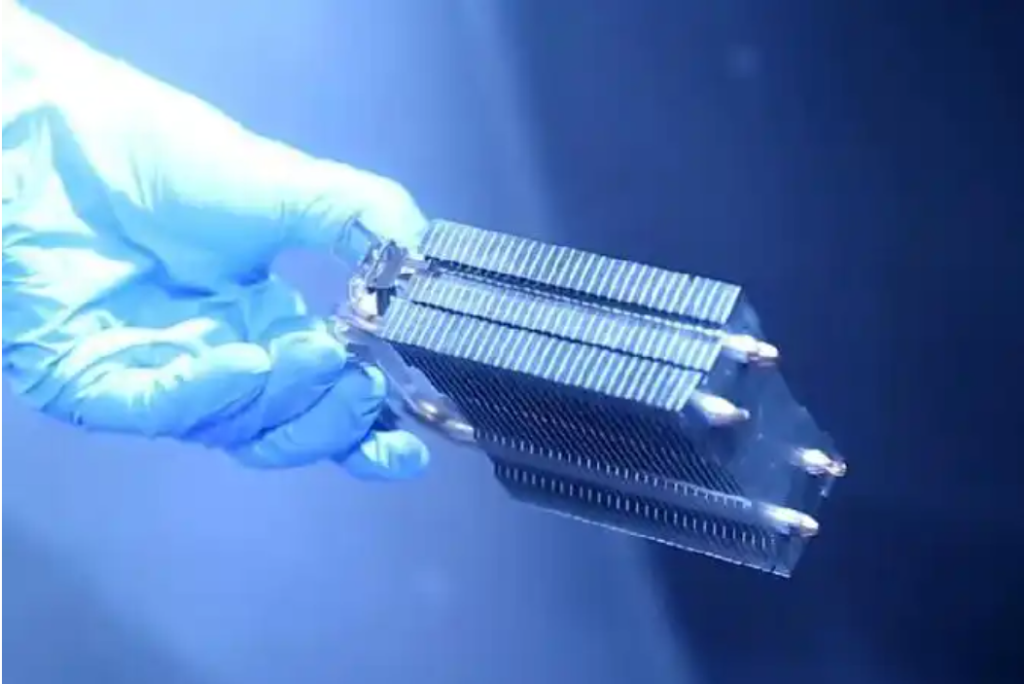Graphene-Based Thermal Interface Materials (TIMs): Redefining Heat Management
🔥 Introduction: Why Thermal Interface Materials Matter
As electronic devices become more compact and powerful, thermal management has emerged as a critical design challenge. Efficient heat dissipation ensures:
-
Device longevity
-
Stable performance
-
Prevention of thermal failure

A major thermal bottleneck lies in the interface between heat-generating chips (e.g., CPUs, power transistors, LEDs) and heat sinks. Here, Thermal Interface Materials (TIMs) play a vital role by filling microscopic air gaps and improving thermal contact.
Conventional TIMs—such as silicone-based greases, phase-change materials, and polymer composites—often exhibit low thermal conductivity (<5 W/m·K) and poor mechanical durability under high temperature cycles.
This is where graphene emerges as a transformative filler.
🧬 Section 1: What Makes Graphene an Ideal Thermal Conductor?
Graphene exhibits one of the highest intrinsic thermal conductivities of any material—over 3000 W/m·K for monolayer pristine graphene. Even when used as a composite filler, graphene offers:
| Property | Benefit for TIMs |
|---|---|
| High aspect ratio | Forms continuous thermal pathways |
| Large surface area | Increases interface contact with matrix |
| 2D structure | Enhances in-plane heat spreading |
| Flexibility | Adapts to surface topology |
| Compatibility | Dispersible in polymers, silicones, epoxies |
Even 5–10 wt% loading of graphene or rGO can improve the thermal conductivity of a base matrix by 5–10×, while retaining workability.
🧪 Section 2: Types of Graphene-Based TIMs
Graphene materials can be incorporated into TIMs in various architectures:
-
Graphene Paste / Grease
-
Silicone or hydrocarbon base
-
Loaded with few-layer graphene or graphene nanoplatelets
-
Soft, reworkable, conformal
-
-
rGO-Filled Epoxy TIM
-
Rigid or semi-rigid composite
-
Good for vertical bonding in PCBs
-
Electrically insulating variants possible
-
-
Graphene Phase-Change TIMs (PCM)
-
Solid at room temp, melts at 40–70°C
-
Improved contact without pump-out issues
-
-
Graphene Film or Sheet TIMs
-
Aligned layers for ultra-high in-plane conductivity
-
Used in stacked chip packaging or high-power laser modules
-
⚙️ Section 3: Key Performance Parameters of Graphene TIMs
| Parameter | Importance | Typical Graphene TIM Values |
|---|---|---|
| Thermal conductivity | Core metric (W/m·K) | 5–15 W/m·K with 10 wt% graphene |
| Thermal resistance (R<sub>th</sub>) | Contact resistance (K·cm²/W) | <0.1 for soft pastes |
| Electrical insulation | Needed in many electronics | Can be tuned via rGO/GO type |
| Viscosity / flow | Dispensing behavior | Adjustable via matrix and graphene type |
| Pump-out stability | Long-term reliability | Graphene enhances viscosity retention |
In GrapheneRich NanoTech formulations, thermal conductivity can reach 10–12 W/m·K, depending on matrix selection and dispersion control.
🔋 Section 4: Application Areas
Graphene-based TIMs are revolutionizing thermal management across:
| Application | Heat Source | TIM Role |
|---|---|---|
| CPUs, GPUs | High-power chips | Paste/grease TIMs with graphene |
| Power modules | IGBTs, MOSFETs | rGO-epoxy composites |
| Automotive | EV batteries, inverters | Thermally conductive gap fillers |
| LED modules | High-lumen LED chips | Graphene-silicone PCMs |
| Telecom | 5G RF units | Thin graphene films for rapid heat spread |
| Aerospace | Avionics & radar | Lightweight, high-reliability composites |
Graphene’s light weight and high stability also make it ideal for space applications.
🧪 Section 5: Graphene TIM Formulation Considerations
Key factors in graphene TIM formulation:
-
Graphene Type: rGO, FLG, or hybrid structures
-
Matrix Selection: Silicone (soft), epoxy (rigid), PCM (smart)
-
Dispersion Stability: Agglomeration can reduce thermal transfer
-
Interface Compatibility: Must adhere to copper, aluminum, ceramics
-
Filler Orientation: Aligned graphene can further boost thermal paths
🔧 Our XFZ-TIM line includes:
-
High-purity rGO flakes (5–10 µm lateral)
-
Surface-treated for hydrophobic or polar matrices
-
Viscosity tuned from 10,000 to 100,000 cP
-
Electrical resistivity >10⁹ Ω·cm for safe electronics use
📊 Section 6: Lab Results & Benchmarking
Sample lab test of XFZ-TIM G-Paste (10 wt% graphene, silicone-based):
| Test | Value | Standard |
|---|---|---|
| Thermal conductivity | 11.5 W/m·K | ASTM D5470 |
| Volume resistivity | 1.2 × 10⁹ Ω·cm | ASTM D257 |
| Pump-out stability | >95% after 500 h @ 85°C | Internal |
| Bond line thickness | ~50 µm | Customized |
| Thermal impedance | 0.05 K·cm²/W | Excellent for CPUs |
Comparative tests showed 2–3× better heat dissipation over standard commercial greases under same power load.
🏭 Section 7: Why Choose GrapheneRich TIM Solutions
✅ Proprietary rGO and FLG production
✅ Custom formulation for your device needs
✅ Solvent-based and solvent-free options
✅ Lab to mass-production scale
✅ Global delivery and technical support
Our team works directly with:
-
Heat sink manufacturers
-
Thermal engineers in electronics
-
LED/EV system designers
-
Semiconductor packaging teams
🔮 Future Directions
Graphene-based TIMs are evolving toward:
-
Self-healing and phase-tunable TIMs
-
2D-graphene hybrid architectures (e.g., graphene-boron nitride)
-
Vertical graphene arrays for ultra-low thermal resistance
-
AI-designed graphene composites for optimized performance
As demand for compact, high-power devices grows, graphene TIMs will be essential for efficient, safe, and sustainable thermal engineering.
📞 Contact Us
Need custom graphene TIM solutions?
Reach out to us at graphenerich.com, or WhatsApp us at +86 136 1588 2924.
We offer free samples, formulation support, and OEM solutions worldwide.

